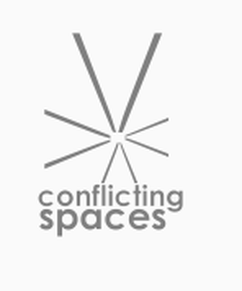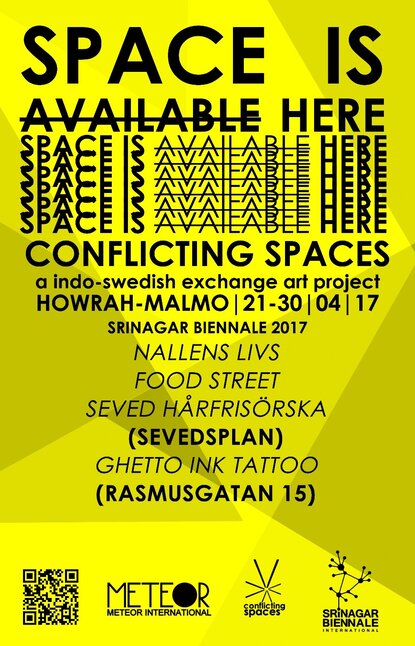|
Instead of endorsing a mainstram public art project, this initiative focuses on creating a visual narrative between two distinct and influential spaces. One of these spaces holds the potential for preserving historical memories, while the other harbors hidden possibilities and incompatible contradictions. For this project, we have brought together artists from both India and Sweden, who will develop their individual or collaborative works through a process of collaboration. We are not merely interested in the production or execution; rather, we emphasize that the engagement should commence with the intention of collaboration, fostering a dialogue between the curator's vision and the artist's perspective.
The overarching theme of this project revolves around the concepts of space, intimacy, connection, struggle, the human body, labor, and the contradictions found in nature. Our curators are deeply immersed in the respective exhibition sites' environments, allowing them to gain a better understanding of the dynamics and politics inherent to these locations. |
#conspachapter1 - Posters from 2017 edition
A Independent initiative by meteor INTERNATIONAL, Conceptualized by Tamara De Laval & Kaur Chimuk
blog outlook design chimuk | All Rights Reserved ©Meteor




